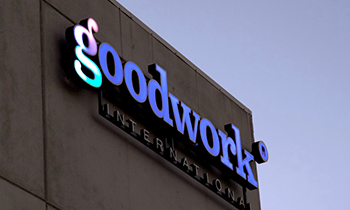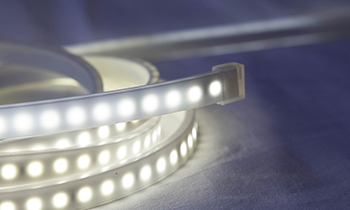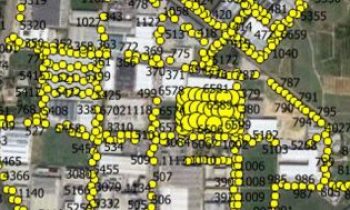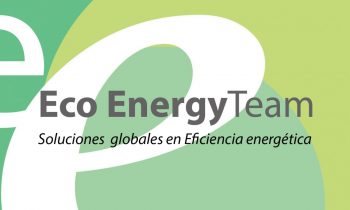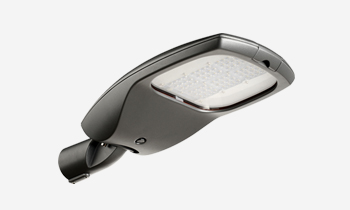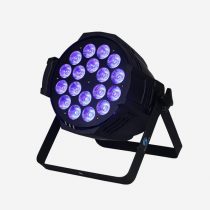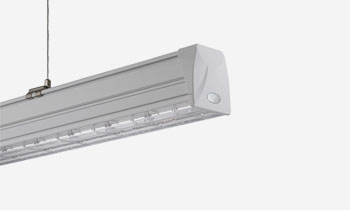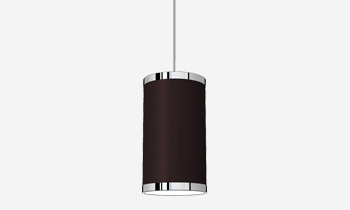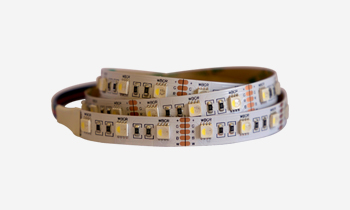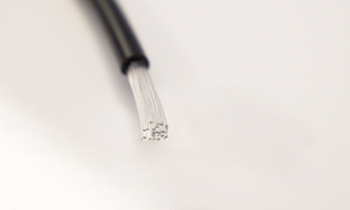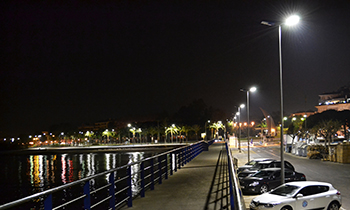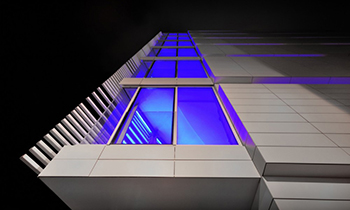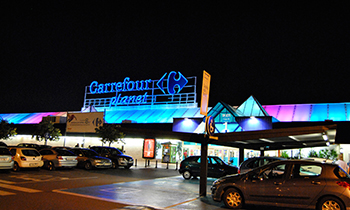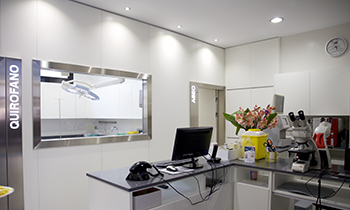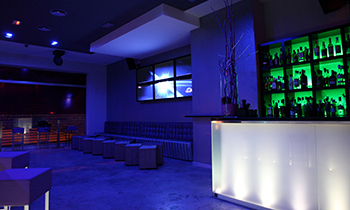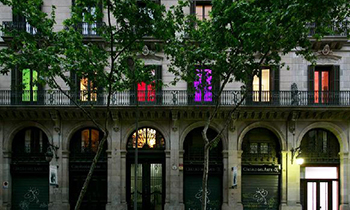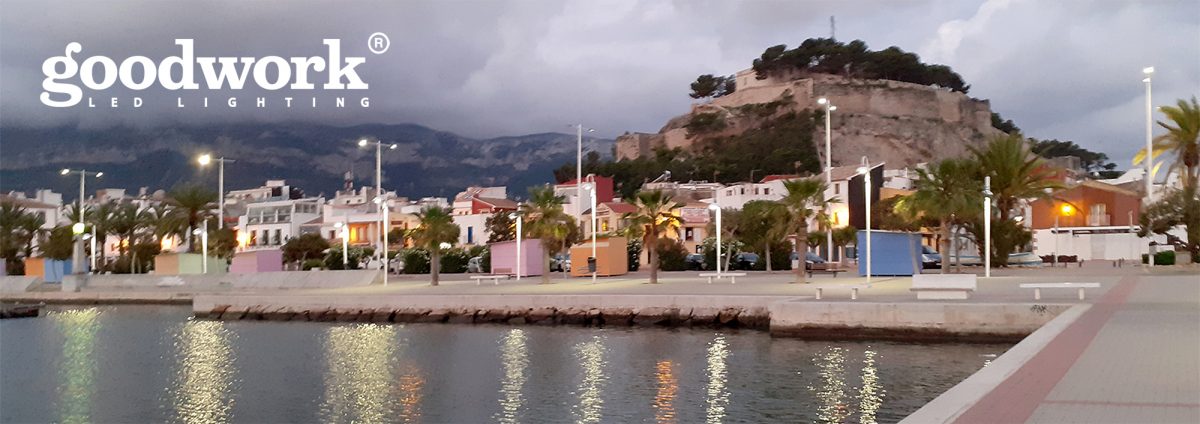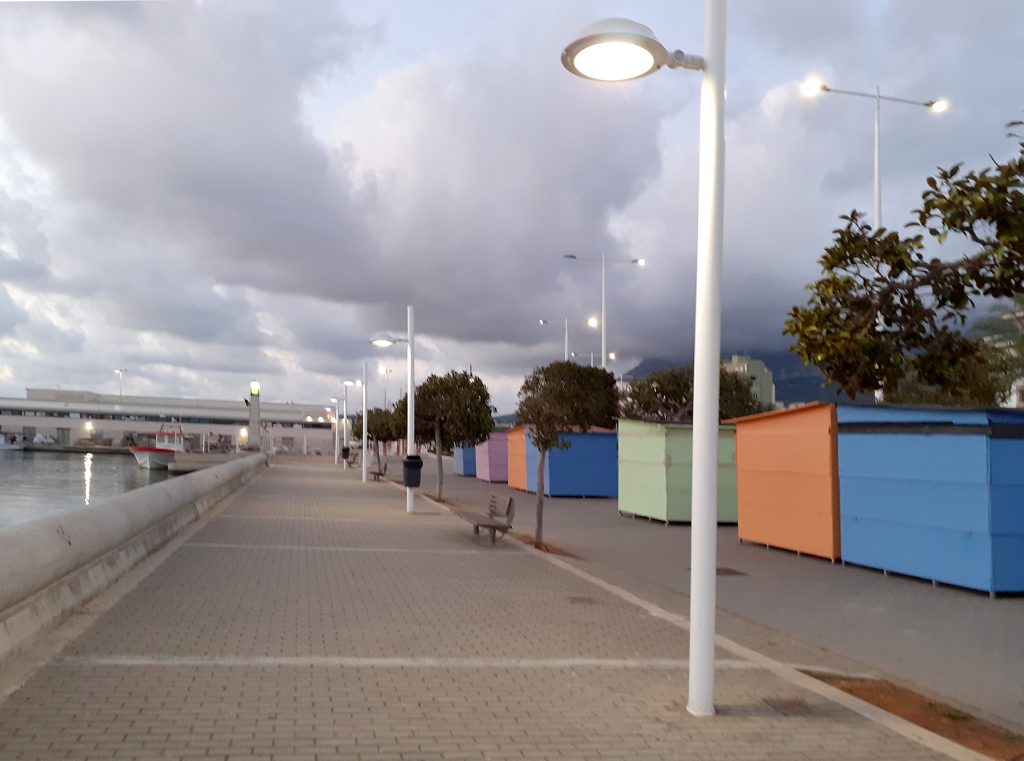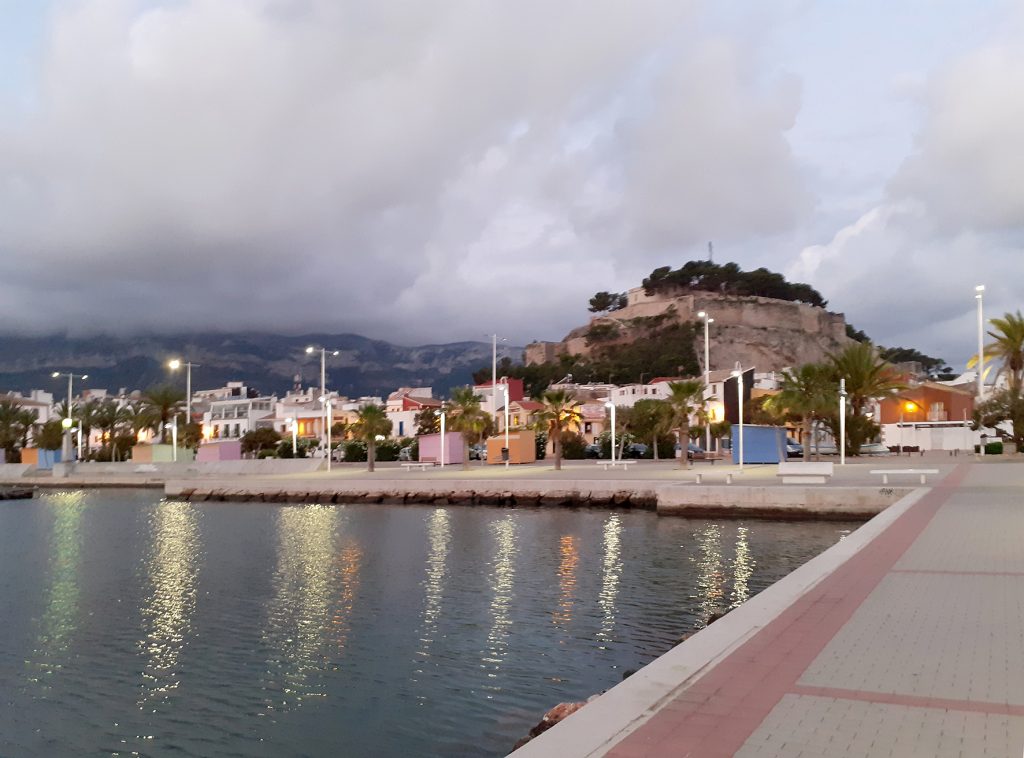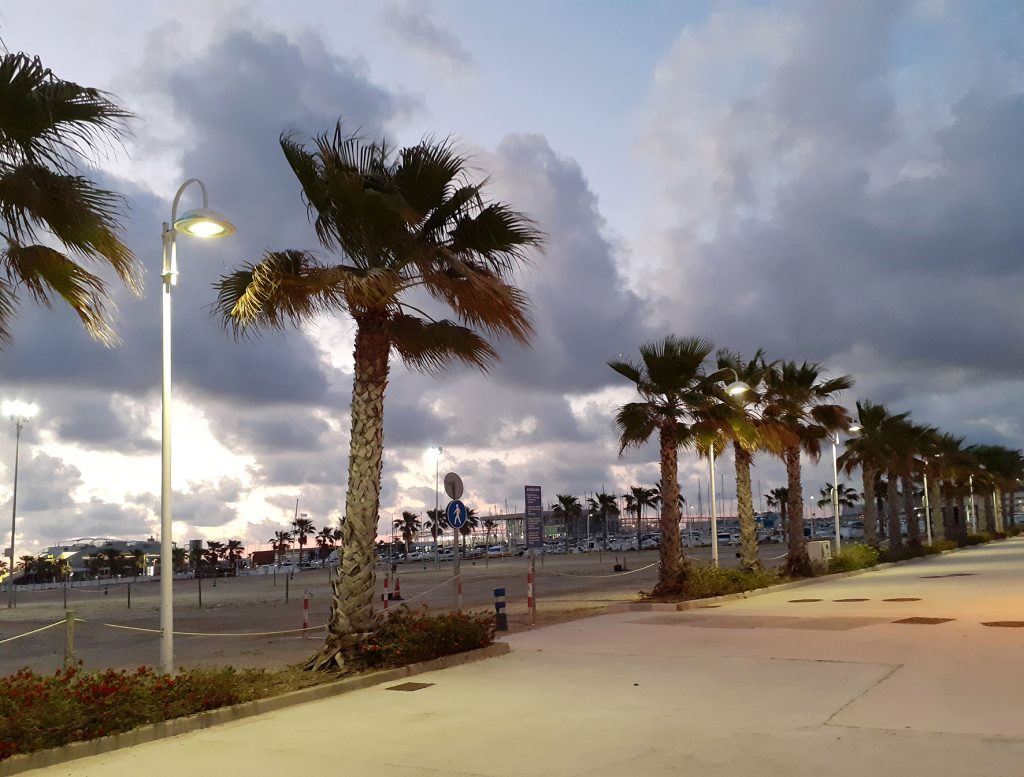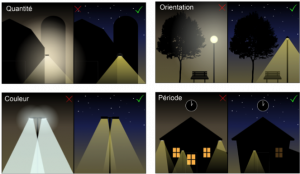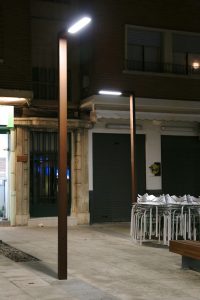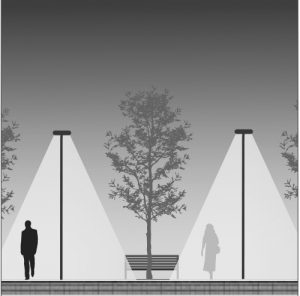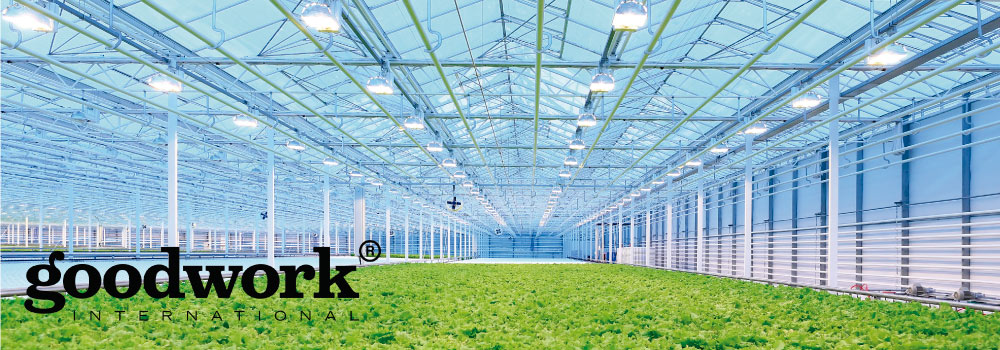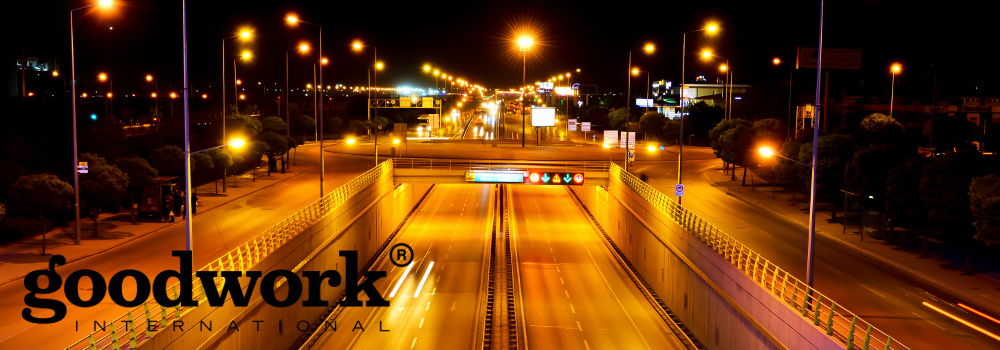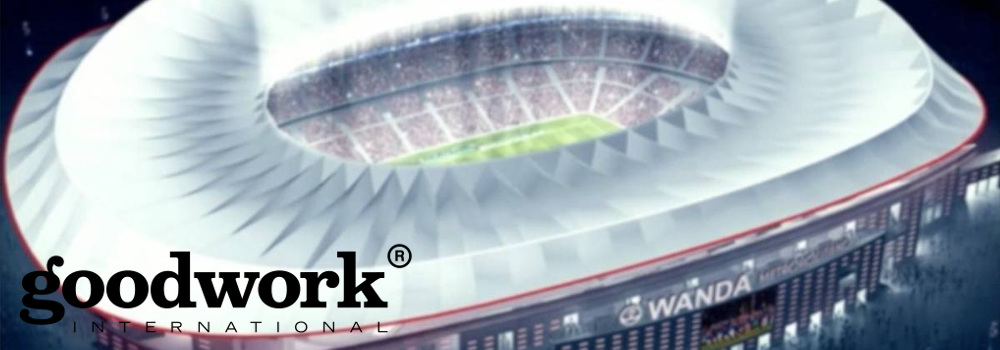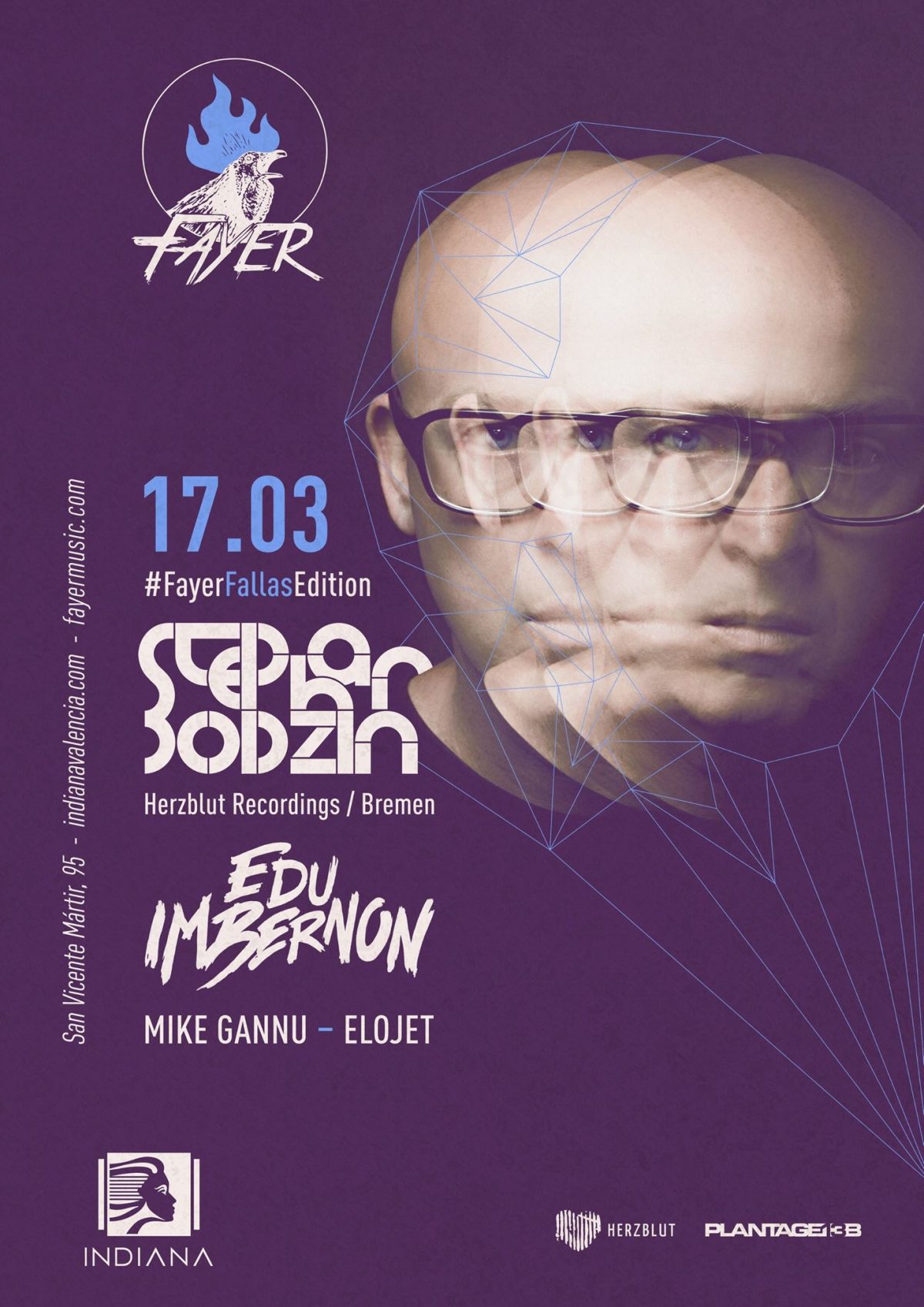Discover how it is possible to optimize the range of electrical power contracted in the home with the use of home automation systems: http://optimizar-potencia-electrica-contratada-sistemas-domotica-hogar
We tell you how you can use the various home automation systems to optimize the range of electrical power contracted in the home without extra costs, planning consumption and optimizing the conditions of the light contract.
Select the ideal range of contracted power
It seems obvious, but in many cases the houses have an inadequate power section that does not correspond to their needs and does not encourage an improvement in energy consumption habits. In order to choose the ideal amount of electrical power, it is necessary to resort to the criteria of a professional (electrician) or ultimately to use a power calculator. A single power change can be requested both up and down throughout the year, so it is strongly recommended that you make the checks before communicating the decision to the lighting supplier.
Bear in mind that electric heating systems consume more during the winter months and if you have to increase the contracted power again you will have to pay a very high rate and the saving forecast would not be met. Of course, it is totally out of the question to resort to any trick to increase the electrical power, because besides being dangerous it is totally illegal. On the other hand, it has been proven that investing in appliances with the best energy efficiency rating significantly reduces the amount of electrical power required to operate such equipment. In fact, home automation systems are the ideal help to avoid increasing the amount of electrical power contracted at home without giving up on the well-being of the home.
Home automation systems to maximize energy savings
Installing the following home automation solutions will allow you to have control of the whole house without having to increase the power or pay extra on the electricity bill:
● Intelligent thermostats: one of the essential elements in an intelligent house to help control energy consumption with air conditioning equipment at any time of the year. It is a device capable of measuring the room temperature, which is connected to a compatible air conditioning system, in order to reach and maintain a recommended number of degrees both in winter and summer.
● Automatic blinds and curtains: these are modules that are not too large and preferably discreetly connected to the electricity supply that can be controlled remotely and even programmed with fixed times to achieve the best ventilation, lighting, temperature and simulate human presence. If you want to know more about the advantages of their installation we recommend the following article.
● LED lighting: there are low consumption bulbs that can work automatically and also self-regulate the tone and power of light. By using them during off-peak hours (depending on the hourly rate) you can save a lot of energy and save on your bills.
● Access control systems: they allow to know who enters and leaves the house from any place, they alert about undesirable presences and they allow the user to see what happens inside and outside the house thanks to the installation of surveillance cameras. They also help to save energy because they allow to detect the oversights in the house that can be solved at a distance like: lights on, raised blinds…

